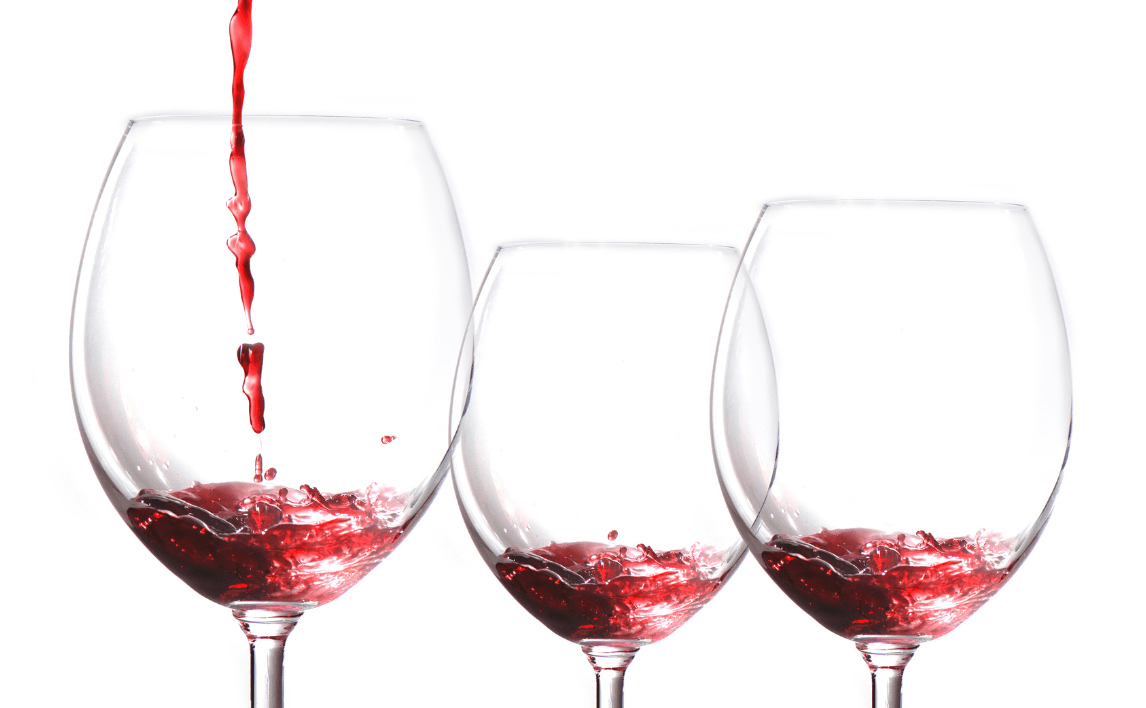
by Jackson McNeill
March 23, 2015
A new class-action lawsuit alleges that 83 Northern California wines from dozens of California wineries contain dangerous and illegal levels of arsenic.
The complaint targets several popular companies, including Sutter Home, Franzia, and Korbel, and names numerous well-known vintages, such as Franzia’s White Grenache, Menage a Trois’s Moscato, and Trader Joe’s “Two-Buck Chuck” White Zinfandel. The brands named in the lawsuit are mostly low-end white or blush-type wines that cost less than ten dollars.
Although the lawsuit is being led by Los Angeles law firm Kabateck Brown Kellner, LLP, the allegedly dangerous arsenic was first discovered by Kevin Hicks, co-founder of Colorado-based BeverageGrades. BeverageGrades performs chemical tests on wines in order to help consumers discover good wines at bargain prices.
Hick’s Colorado laboratory tested 1,306 different types of wines and concluded that at least 83 of them contained arsenic levels higher than what the Environmental Protection Agency allows for in drinking water. Although water is allowed to have 10 parts per billion of arsenic, some of the wines in question had as much as two to five times that amount.
Based on this testing, plaintiffs argue that the level of arsenic in wine is unacceptably dangerous to consumers and that wineries have failed to warn the public about the hazardous nature of their products.
Brian Kabateck, an attorney for the plaintiffs, said that his ultimate goal is “to get the winemakers to recall these wines, to get them to refund the money that people paid for these wines, and ultimately to clean up the wine industry in California.”
The wine industry, however, has largely dismissed the allegations, arguing that their wines pose no real risk to consumers.
One defendant, Treasury Wine Estates, stated that its “brands are fully compliant with all relevant federal and state guidelines” and that it “remains confident that [its] wines are not only safe but enjoyable to drink.”
The Wine Institute, a large advocacy group that represents hundreds of California wineries, said the allegations were false and misleading.
“Arsenic is prevalent in the natural environment in air, soil and water, and in food,” the Wine Institute stated. “As an agricultural product, wines from throughout the world contain trace amounts of arsenic, as do juices, vegetables, grains and other alcohol beverages. There is no research that shows that the amounts found in wine pose a health risk to consumers.”
The Wine Institute also noted that the industry already provides warning signs to be posted in retail stores.
Another defendant in the lawsuit, The Wine Group, stated that using the water standard is unfair because people don’t drink nearly as much wine as they do water. As one Forbes blogger stated, “The EPA maximum … is based on calculations that assume a person will drink approximately 2 liters of water a day…. But that’s water. If you’re drinking two liters of wine a day, you’ve got bigger problems than just the arsenic levels in your wine.”
The Wine Institute also commented that the US government has not set explicit guidelines for arsenic in wine. Other countries, however, have set limits on arsenic in wine.
The International Organization of Vine and Wine (“OIV”), an intergovernmental agency with dozens of member states, recommends a maximum of 200 parts per billion for arsenic in wine. The legal limits in Germany, Canada, and Australia are 100 parts per billion, ten times the EPA’s guidelines for water.
The wine with the most arsenic in the lawsuit, however, contained just 50 parts per billion, only half of what those countries consider dangerous, and only one-quarter of the OIV maximum.
Other defendants’ responses were more neutral. A Traders Joe’s representative, for instance, stated that, “The concerns raised in your inquiry are serious and are being treated as such. We are investigating the matter with several of our wine producing suppliers.”
In any case, the battle over California’s wine promises to be fierce and protracted. California’s wineries are a $23 billion state industry, and produced 215 million cases of wine in 2013. With so much money at stake, a judgment in favor of plaintiffs would certainly not be easy to swallow.
Topics: Lawsuits










